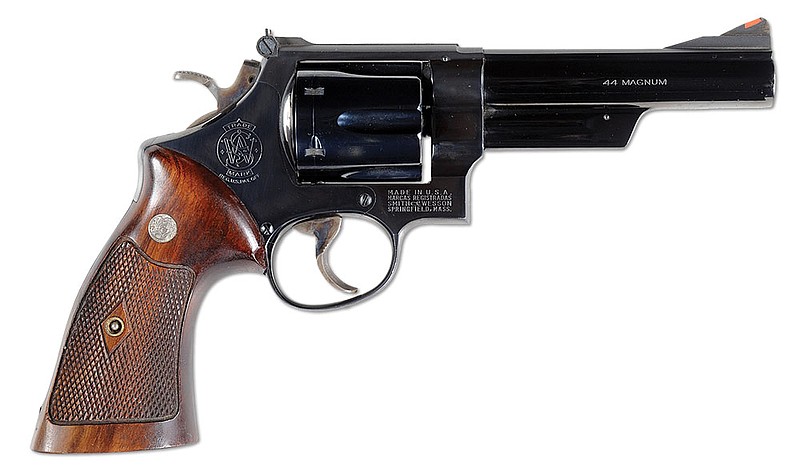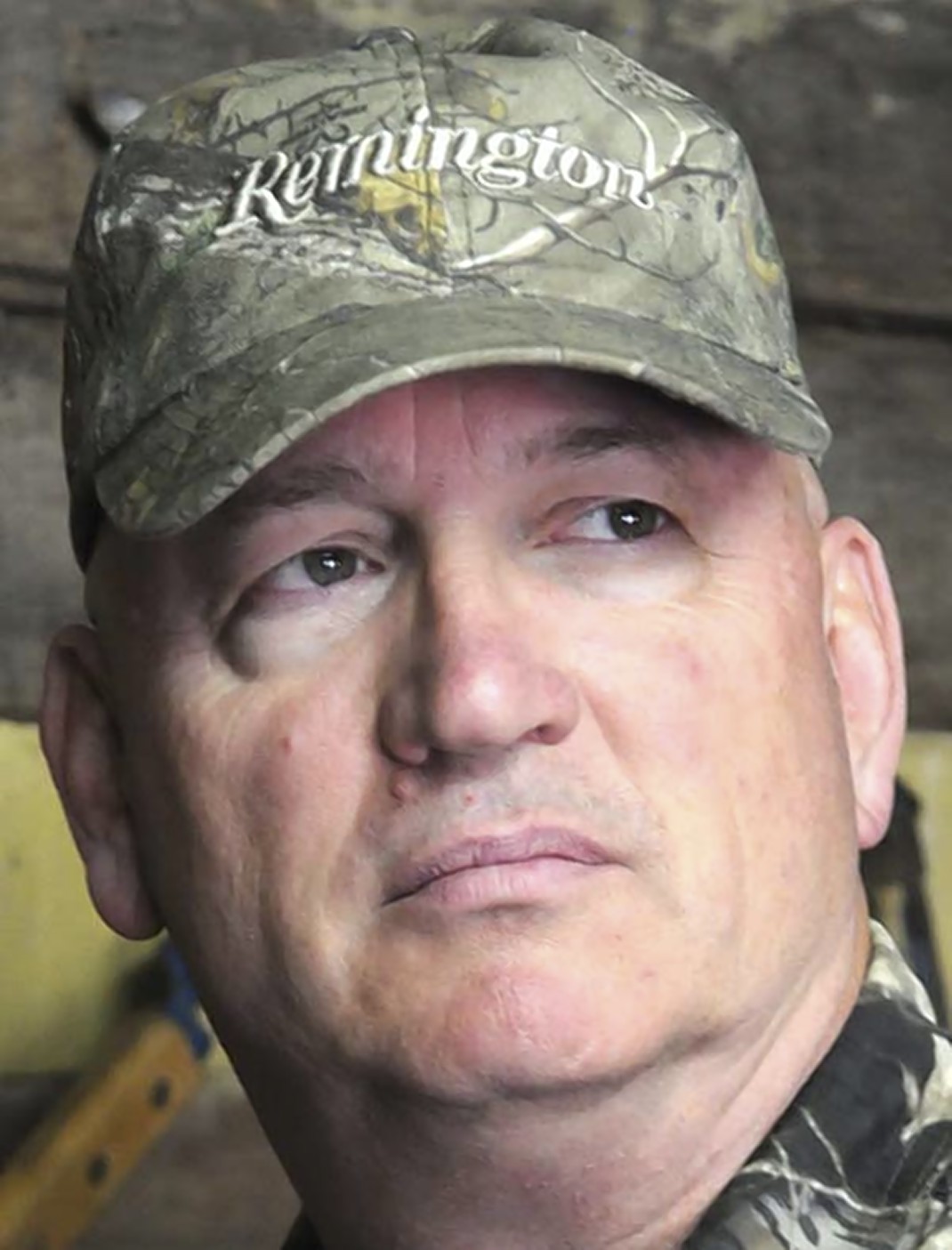"The first thing you have to do is get you a hat."
Richard Mann had a serious look on his face, as if he was settling in for a 500-yard rifle shot. He was in the middle of mentoring someone new to writing about guns - me.
I'll be honest: I thought it was a pretty odd statement from my friend, whose blog you can read at empty-cases.com.
"You need a hat that is you," Richard said, "It distinguishes you from everybody else."
I knew that some who write about guns, Richard included, wore cowboy hats and seemed to pull it off. I wasn't so sure about Mrs. Case's only son.
Elmer Merrifield Keith wore such a hat religiously, and he certainly did pull it off. Keith was born in Missouri in 1899, soon moved to Montana and was one of those people destined to be larger than life. He was a cowboy, a rancher, a big-game guide and a designer of firearms and ammunition, as well as an author.
Keith, who died in 1984, witnessed the last of the Old West. He knew, among other characters, Frank James, who was a friend of Keith's father.
Keith was proficient with many types of firearms and was an advocate of large calibers and big, heavy bullets. His first creation in the firearms world was the .357 Magnum caliber. This development was near genius in that it was brought about largely from Keith hand-loading the old .38 Special cartridge, which had long been used by police and military, to levels believed to far exceed what the .38 Special could handle.
In other words, Keith wasn't afraid to dump some extra powder in those casings.
The .357 became commercially available in 1935 and soon took the law enforcement world by storm. Officers could carry a revolver chambered in .357 and shoot either the older .38 Special or load the .357 if more power was desired. This also allowed the use of the .38, which causes less recoil, for training; officers could then carry the .357 on duty.
The .357 Magnum ruled the roost for law enforcement for many years, and when I came onto the scene as an officer, the weapon of choice for many departments was the Smith & Wesson Model 19 revolver in .357.
The Model 19 Smith was my first love in the handgun department, and many of us never get over that first crush. I was trained on this weapon and will always feel I could shoot it the best of any.
Revolvers have seemingly gone the way the way of the horse and buggy, which is really a shame. I will always think of them as elegant weapons, like the Jedi Knight's lightsabers.
Keith certainly had no problem expounding on the virtues of the revolver, which he referred to a "six gun," and after the advent of the .357, he quickly moved on to what he may have thought of as his masterpiece - the .44 Magnum.
The .44 came about much like the .357 - he started loading the .44 Special cartridges above what was considered acceptable levels at the time. Elmer encouraged gun companies, including Smith & Wesson and Remington to develop revolvers and ammunition for his brainchild. S&W developed the now iconic Model 29 for the .44 Magnum - the weapon of choice for fictional police officer "Dirty" Harry Callahan, played by Clint Eastwood - and Ruger actually beat Smith to the punch and produced a Blackhawk revolver several months before S&W.
Keith was the earliest advocate of using handguns for hunting, and much of his writing dealing with hunting stories is full of his adventures involving his beloved revolvers.
Possibly his most famous account is the telling of his dropping a deer with the Model 29 S&W at 600 yards. (The account of this shot has been cussed and discussed almost as much as the one Billy Dixon made when he shot an unfortunate Indian out of the saddle at Adobe Walls in Texas. You'll just have to look it up.) In Keith's defense, he was trying to anchor a deer his friend had wounded, he took a couple shots to get the range and, remember, he shot this gun a lot, so he knew what it could do.
Keith was a prolific gun writer and published several books on guns and hunting, the most famous of which may be his autobiography, "Hell! I was There!" If you read no other book about him, read this one.
Many of us gun nuts will remember reading Keith's magazine articles when he wrote for Guns & Ammo and the NRA's American Hunter. There was only one Elmer Keith, the tough-as-a-pine-knot cowboy from Montana: 10-gallon Stetson on his head, cigar clamped in his teeth, .44 Magnum on his belt.
His was a wonderful, innocent time without all of today's confusion and internet drama. In this day and age, no one will ever take his place. What a dirty shame.
I've haven't told Richard Mann yet, but I do have a hat and have had it for years as a matter of fact.
I just haven't sprung it on the public yet. Maybe someday I will.
"The Trail Less Traveled" is written by Larry Case, who lives in Fayette County, W.Va. You can write to him at larryocase3@gmail.com.

